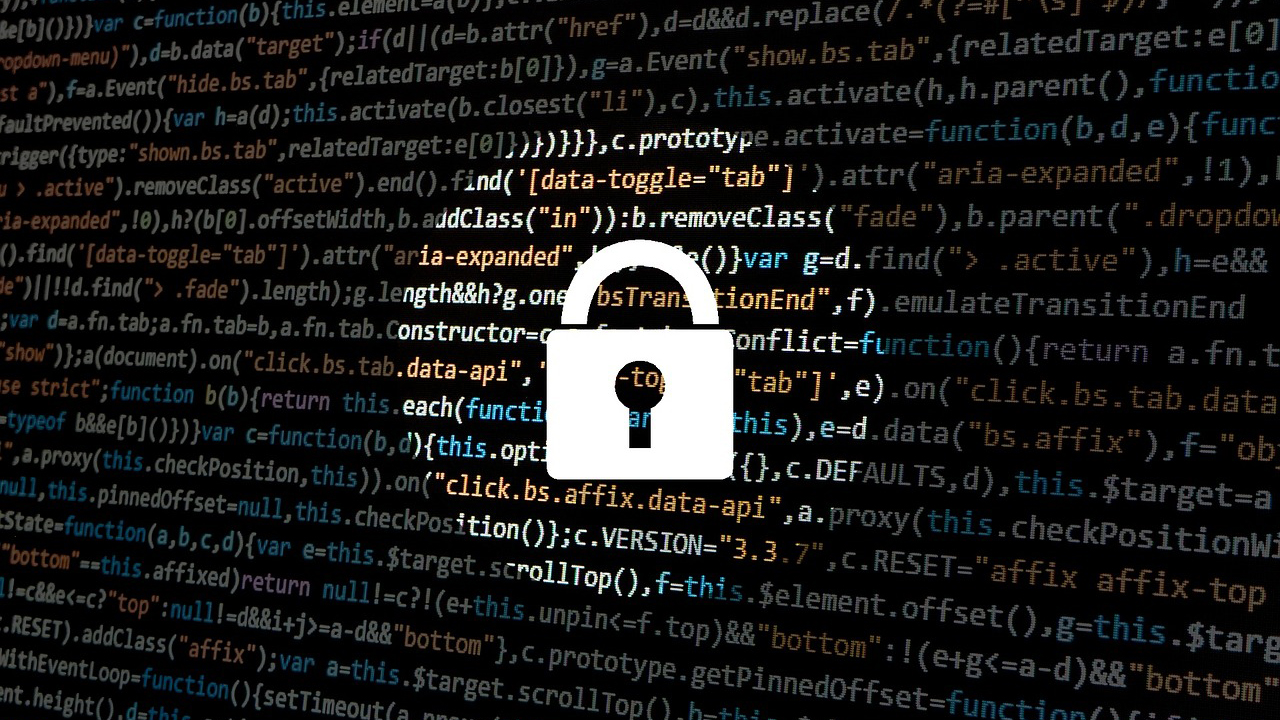Cloud storage: Zero trust’s ultimate defense
Reinforcing zero trust architecture

Zero trust is not a new concept in cybersecurity, having become popular as an alternative to traditional perimeter-based network security. The idea behind zero trust is exactly as it sounds: to create a line of defense based on limiting the amount of power any one user has through reducing their access privileges - their “trust” in the system.
David Friend, co-founder and CEO, Wasabi Technologies.
The thinking behind zero trust comes from the reality that protecting an organization's data, assets and workloads has become increasingly complex. Not only have cyber attacks grown in sophistication over the years, but the variety and quantity of infrastructure that organizations have to defend has grown markedly. Today, an organization could have several internal networks, remote individuals, or remote offices with their own local infrastructure and cloud services.
With this in mind, limiting the ‘attack surface’ by limiting the range of actions and data available to an individual user is essential for organizations. If teams only have access to the data that they need at any one time, the smaller the risk of a breach is - whether this be from ransomware, internal sabotage, or human error. Furthermore, limiting users’ range of access at any given time also reduces the risk of a breach undermining the rest of an organization's data.
Building your zero trust environment
Zero trust architectures require security teams to segment their business’s networks through employing hyper-granular access privileges for users. These privileges are automatically allocated and reallocated to various users in real time based on what assets they need to access at that time.
However, before automating access privileges, security teams must decide which users should have access to which information. This means that an organization will need to take the time to audit and divide up their various stakeholders into categories they can impose access privilege on, and to review and segment all of the processes and data that will become a part of the zero trust environment.
This is a labor-intensive process as it requires security teams to start from a principle of least privilege, wherein you would consider the access that you need to grant to your trustworthy employee - i.e. someone both junior and entirely new, or even an outside contractor - and build out your structure from there. Ultimately, through building out permission networks, organizations can create a plan for permission granting that accommodates the operational realities of a business while also reducing the damage from any one individual entry point being compromised.
But even thoroughly planning and implementing zero trust wouldn’t be sufficient to achieve the goal of total resilience against breaches or attacks. An organization also needs to also consider its final line of defense: its backups and archived data.
Sign up to the TechRadar Pro newsletter to get all the top news, opinion, features and guidance your business needs to succeed!
Storage as the final pillar of zero trust
Backup and archived data can often be treated as an afterthought when implementing security systems - the critical focus is current data and processes. However, backup and archived data are key to ensuring business continuity. Should the worst happen and you succumb to an incident that wipes out your live environments and data, your archived and backed-up data are your best friends. Through them, you can rapidly restore your workflows and resume business operations.
This means that integrating cloud storage into your zero trust architecture should be considered a central pillar of your contingency planning, rather than as a ‘back up’ to the contingency plan.
More than the aforementioned time-save of restoring live systems, archive and storage data are crucial to live systems when it comes to security planning due to the sheer sensitivity of many backup records. Securing client details, financial records, and confidential information on past projects can all be equally as important as protecting live information.
Practically, this means that you should not only be limiting access privileges to archived data. Rather, you should also be air-gapping and insulating your backup and archive data on multiple levels by keeping multiple backups and limiting levels and types of access to each backup - even within the security teams themselves. Ideally, you’d keep at least one backup off-site.
Moreover, your backup data should be immutable. This means that it should be impossible for anyone to delete or edit your backed up data, preventing any changes within a given period of time. Subscribing to the thought that true ‘zero trust’ is zero trust, subjecting your backups to the most rigorous and exclusive level of restrictions possible in your architecture is the best way to keep your IT environments secure.
In sum, zero trust architecture is an effective line of defense for your IT systems and architecture. However, achieving the best outcomes requires comprehensive planning. Only with all of your data secured, and with your backup data stored in an immutable manner and air-gapped from your live data, can you achieve a guaranteed line of defense.
David Friend, co-founder and CEO, Wasabi Technologies.
